Calendula: [Cultivation, Irrigation, Care, Pests and Diseases]
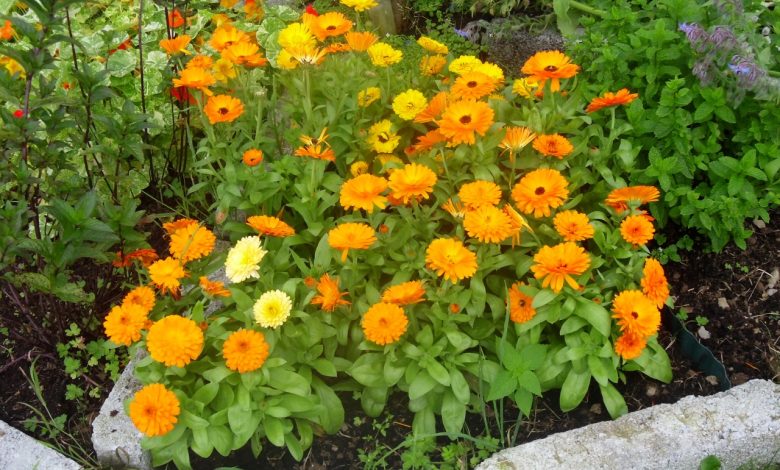
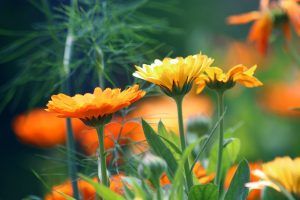 Calendula officinalis belongs to the Asteraceae family and is native to the Mediterranean region.
Calendula officinalis belongs to the Asteraceae family and is native to the Mediterranean region.
Its generic name, calendula, means «first day of the month» which alludes to its long flowering period, and its specific name, officinalis, expresses its medicinal nature.
It is an annual plant that is cultivated throughout the world and its flowers are used as an ornament and for the preparation of finished products in the pharmaceutical and cosmetic industries.
For therapeutic purposes, the flower is mainly used, either fresh or dried. As it has an anti-inflammatory and healing action, it is used externally in the form of infusions, tinctures and ointments for the treatment of skin inflammation.
Calendula is also called marigold in English, notably because of a legend from the Middle Ages in which the Virgin Mary was associated with the golden marigold flowers.
Important points when sowing calendula:
- Scientific name: Calendula officinalis.
- Common name: Tufted, ladybug, marigold, buttercup, king’s crown, marigold.
- Height: 30 to 60 centimeters.
- Light requirement: Partial shade and direct light.
- Temperature: Temperate climates (18 and 24°C).
- Irrigation: Moderate.
- Fertilizer: Organic fertilizer.
What characteristics does calendula have?
Calendula officinalis is a herbaceous, glandular, aromatic, annual to perennial plant that is woody only at the base. It reaches 30 to 60 centimeters in height and is light green in color. The stem is erect, diffuse, branched, and usually leafy almost to the end.
The leaves are simple, alternate, somewhat thick, longer than wide, entire or minute, and remotely toothed. The flowers are external, female, ligulate on the margin and tubular in the center. They measure between 3 and 5 centimeters in diameter, are yellow or orange, and close at night.

Its smell is weak, unpleasant, and its taste is bitter and aromatic. The fruits are achenes that house the seeds inside. In turn, the seeds are differentiated into two classes: the outer ones are arched, with thorns on the back and frequently winged on the edges; the inner ones are smaller, almost closed in a circle.
When to sow calendula?
The planting date, in general, is associated with the length of the day, solar radiation and temperature. Therefore, it is the climatic conditions of each area that determine the most appropriate sowing date.
Calendula is usually planted from September to November in areas with mild winters, or from March to April in areas with very harsh winters.
Where to plant calendula?
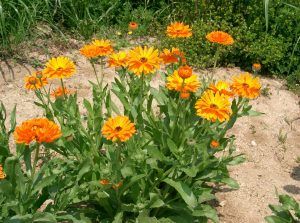 Calendula is a rustic species, so it is not very demanding on the type of soil. It grows well in those of medium fertility, but responds better when grown in soils rich in organic matter.
Calendula is a rustic species, so it is not very demanding on the type of soil. It grows well in those of medium fertility, but responds better when grown in soils rich in organic matter.
This plant can be sown directly in small and large areas, or through a seedbed for later transplantation. Preferably, it should be planted where it has between 6.5 to 8 hours of light for the plant to flower.
The optimal temperature for germination is between 18 and 24°C, however, during the rest of the stages of development it admits higher temperatures. It should be noted that it prefers temperate climates, although it resists frost and drought.
How to prepare the land?
To grow calendula, the soil will need to be prepared in advance to ensure it is soft enough. This will allow the seeds to germinate and thus guarantee the optimum growth of the plants.
It is possible to incorporate organic fertilizer to enrich the soil before planting. Chicken manure, earthworms, homemade organic matter such as compost, homemade organic matter such as compost, and even some chemical fertilizers can be applied. However, those of natural origin are preferable.

To prepare the ground, the following actions are recommended, either on a smaller or larger scale:
- Carry out plowing or rotation work to break up the soil and put the lower layers in contact with the agents present in the atmosphere.
- Eliminate the vegetation or weeds that come to exist in the soil, level it, shred it, to eliminate new shoots.
- Finally, make straight and not very deep grooves, with a separation of 45 cm between them.

How do we water calendula?
Calendula will need to be watered regularly, but sparingly, as they should not be in soil that is too wet. Sprayers or fine watering cans can be used in the process.
How often do we water the calendula?
In the seedbeds, it is watered daily until the birth of the first true leaves. When the plants are about 5 centimeters tall, watering will be spaced every other day.
In direct seeding, the initial irrigations will be daily, light until complete germination. Later, as the plant grows, they are reduced to 2 or 3 weekly irrigations of greater intensity. Likewise, it is recommended to water after picking flowers.

How to sow a marigold step by step?
The calendula is multiplied by seeds and it is possible to sow it by two methods: direct sowing in the soil, or in a seedbed for subsequent transplantation. Here are the instructions for growing it using both methods.
direct sowing
- Place a small amount of seeds continuously in the previously prepared furrow.
- Cover the seeds with a light layer of soil, 2 to 3 centimeters.
- Wait for them to germinate and produce their first true leaves.
Sowing by seedbed
- Make furrows 10 centimeters apart from each other, and about 20 millimeters deep.
- Place a small amount of seeds, but continuously.
- Cover the seeds with 2 or 3 centimeters of substrate.
- Transplant into the ground when the seedlings reach 10 centimeters, about 35 to 45 days after sowing.
What care does calendula need?
Calendula is a plant that requires little care. However, it is suggested to pull up thistles and weeds at two specific times: 20 to 25 days after seed germination and one month later.

What pests and diseases affect calendula?
Calendula can be affected by various pests and diseases. In the early stages, the plant is attacked by the striped flea and the diabrotic or tortuguilla.
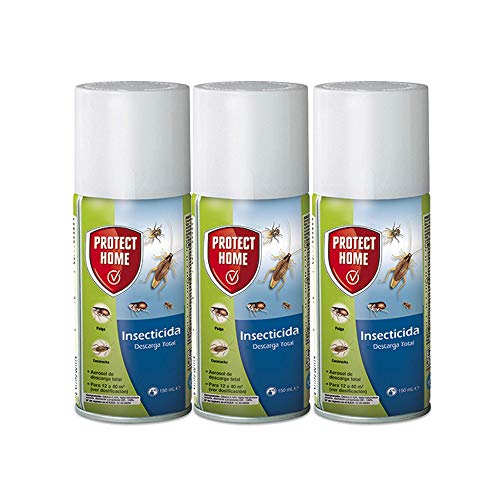
During the flowering phase, the red aphid can harm the plant. It is also affected by fungi that produce circular spots on the leaves that cause premature leaf drop.
verticillium wilt
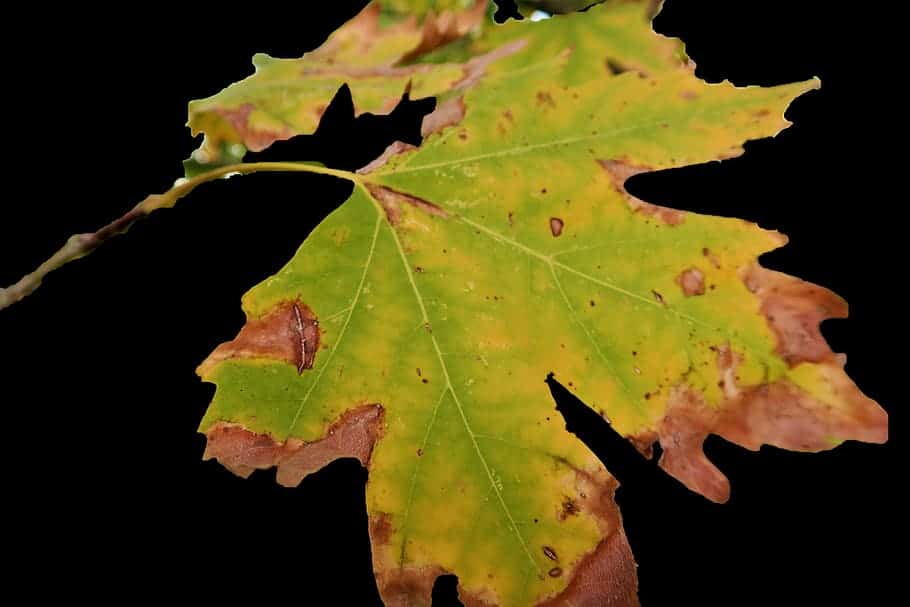 Verticillium or Verticillium wilt is a common soil fungus that thrives in temperate climates around the world and can be present in the soil for decades.
Verticillium or Verticillium wilt is a common soil fungus that thrives in temperate climates around the world and can be present in the soil for decades.
Verticillium wilt overwinters in the soil as dormant mycelium or tiny dormant black structures called microsclerotia, waiting for favorable conditions to return.
They enter damaged plant tissue through the roots and multiply. Many common weeds, such as dandelions and weeds, can be Verticillium host species.
Verticillium wilt is a disease that affects more than 350 species of eudicolous plants. It is caused by six species of Verticillium fungi: Verticillium dahliae, Verticillium albo-atrum, Verticillium longisporum, Verticillium nubilum, Verticillium theobromae, and Verticillium tricorpus.
Many plants with significant economic weight are susceptible, such as cotton, tomatoes, potatoes, oilseed rape, aubergines, peppers, and ornamental plants, as well as others in natural vegetation communities.
Many species and cultivars of eudicots are resistant to the disease, and all monocots, gymnosperms, and ferns are immune. To know more: Verticillium wilt in the Orchard: What is it? How do we identify it?
References
- http://scielo.sld.cu/pdf/pla/v6n1/pla06101.pdf
- http://scielo.sld.cu/pdf/far/v33n3/far07399.pdf
- https://dialnet.unirioja.es/descarga/articulo/2050731.pdf
- https://www.medigraphic.com/pdfs/revcubangcirvas/cac-2013/cac131f.pdf
- https://www.hogarmania.com/gardening/files/plants/calendula-calendula-officinalis-11768.html
- https://scielo.conicyt.cl/scielo.php?script=sci_arttext&pid=S0365-28072003000100001
- https://guiadejardin.com/calendula-semillas-reproduccion/#:~:text=The%20seeds%20have%20a%20color, oto%C3%B1o%20o%20a%20la%20pr%C3%B3xima%20primavera

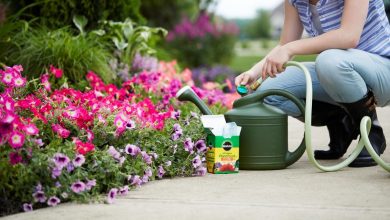
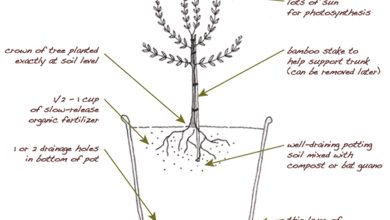
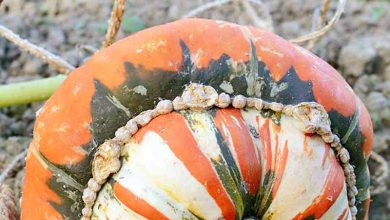
![Photo of Plant Anthurium: [Care, Planting, Irrigation and Substrates]](https://www.complete-gardening.com/wp-content/uploads/2022/08/plant-anthurium-care-planting-irrigation-and-substrates-390x220.jpg)